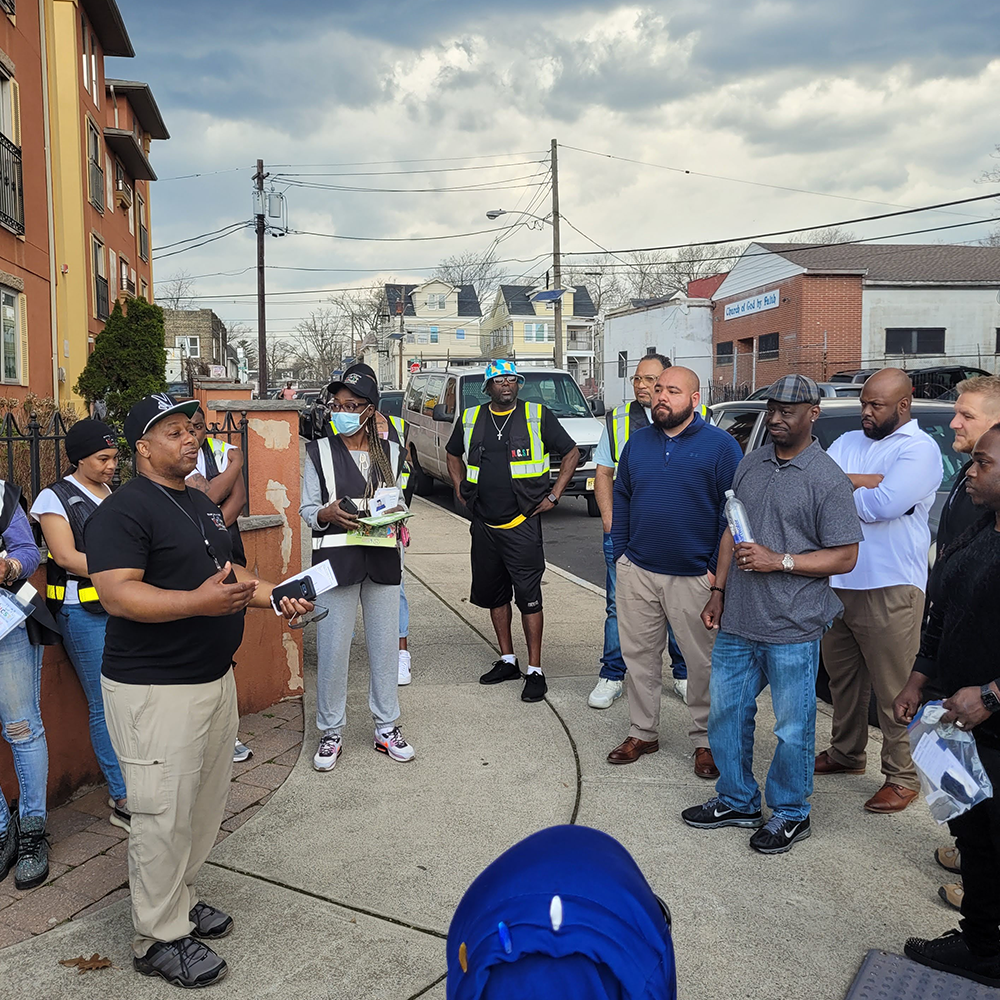Introduction
Violence prevention requires a multifaceted approach, and community-based programs play a pivotal role in creating safer, more resilient neighborhoods. By addressing violence at its roots and involving local stakeholders, these programs foster environments where prevention and intervention can thrive. In this blog post, we explore how community-based programs are transforming violence prevention and making a tangible impact on communities.
1. Grassroots Initiatives and Local Engagement
Community-based programs often start with grassroots initiatives, where local residents and organizations come together to address specific issues within their neighborhoods. These initiatives can include neighborhood watch programs, youth mentorship schemes, and community forums that encourage open dialogue about violence and safety. By involving community members directly, these programs build trust and create tailored solutions that address local needs.
2. Educational Workshops and Training
Education is a key component of violence prevention. Community-based programs often offer workshops and training sessions on topics such as conflict resolution, anger management, and effective communication. These educational efforts empower individuals with the skills and knowledge to handle conflicts non-violently and support others in their community. Training programs for law enforcement and community workers also enhance their ability to engage with and support at-risk populations effectively.
3. Support Services and Resources
Providing support services and resources is essential for preventing and addressing violence. Community-based programs often offer counseling, support groups, and legal assistance to individuals affected by violence. These services help survivors rebuild their lives and access the support they need. Additionally, resources such as hotlines and information centers provide crucial assistance and guidance for those seeking help.
4. Collaboration with Local Organizations
Effective violence prevention requires collaboration among various stakeholders, including local organizations, schools, and businesses. Community-based programs often work closely with these entities to create comprehensive strategies for violence prevention. By pooling resources and expertise, these collaborations enhance the effectiveness of prevention efforts and ensure a coordinated response to violence.
5. Evaluating Impact and Success Stories
Measuring the impact of community-based programs is crucial for understanding their effectiveness and making improvements. Many programs track metrics such as crime rates, program participation, and participant feedback to assess their success. Sharing success stories and positive outcomes helps build momentum and encourages other communities to adopt similar approaches.

Conclusion
Community involvement is a vital component of violence prevention. By prioritizing education, building support systems, and fostering safe environments, communities can empower individuals to take action against violence. Renegades Against Violence is committed to promoting these initiatives and creating a supportive network for all community members.
As we work together to empower change, let us remember that every individual has a role to play in creating a safer community. Together, we can break the cycle of violence and build a future where everyone feels valued and protected.

FAQs
1. What are some examples of grassroots initiatives in violence prevention?
Examples include neighborhood watch programs, local youth mentorship schemes, and community forums that facilitate discussions on violence and safety.
2. How do educational workshops contribute to violence prevention?
Educational workshops teach valuable skills such as conflict resolution and anger management, which help individuals handle conflicts non-violently and support others in their community.
3. Why is collaboration with local organizations important for violence prevention?
Collaboration ensures a coordinated response to violence by pooling resources and expertise from various stakeholders, enhancing the effectiveness of prevention strategies and fostering a united community effort.

